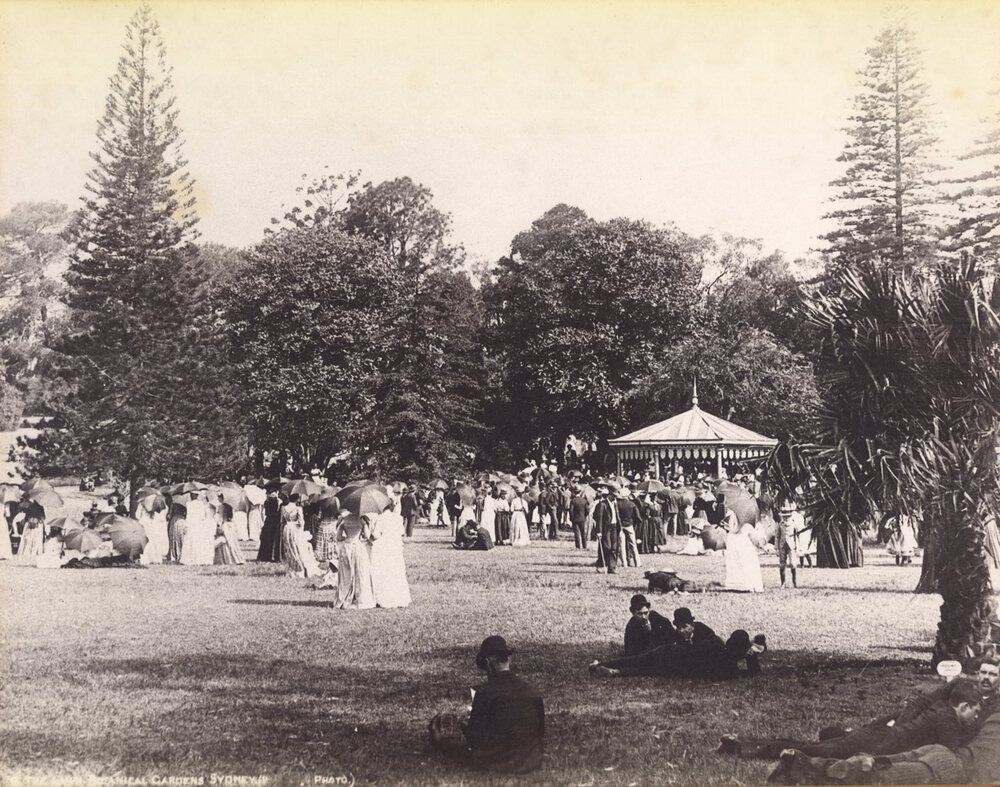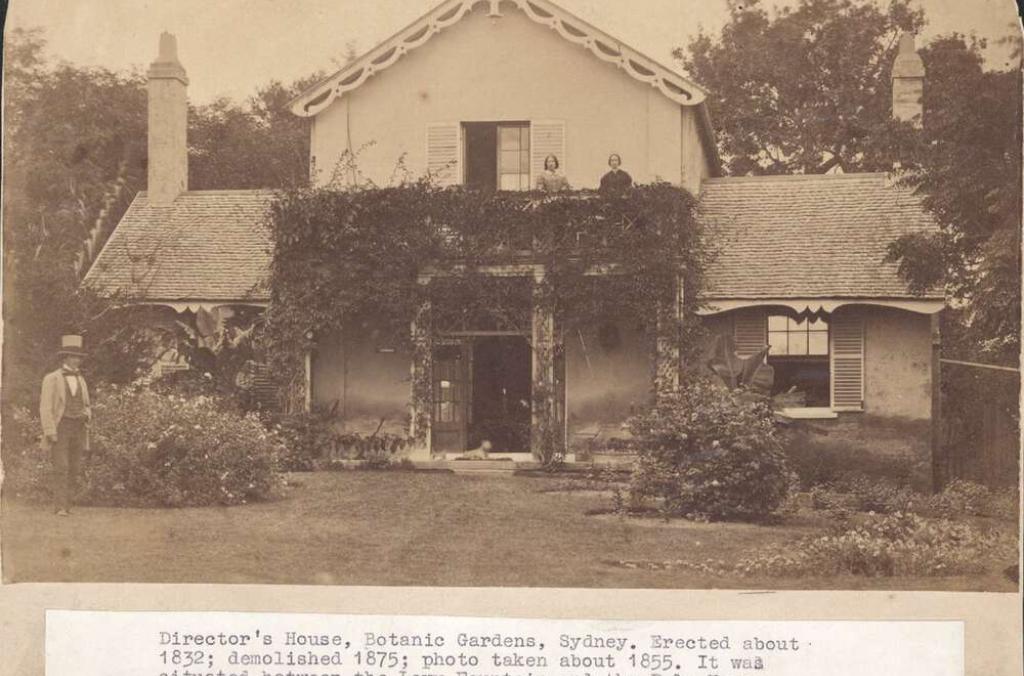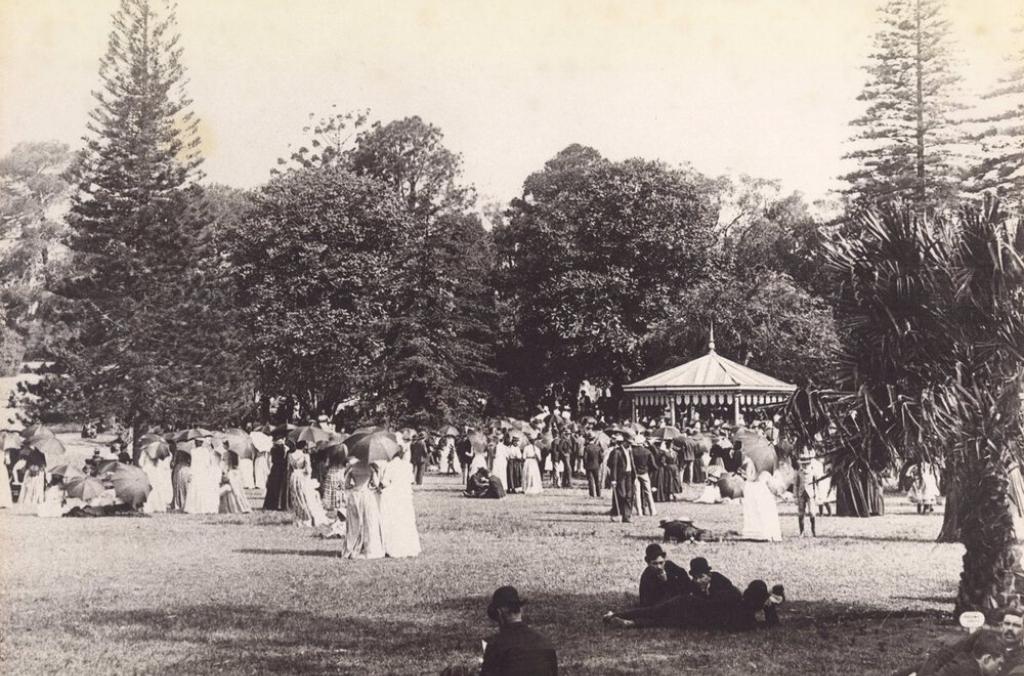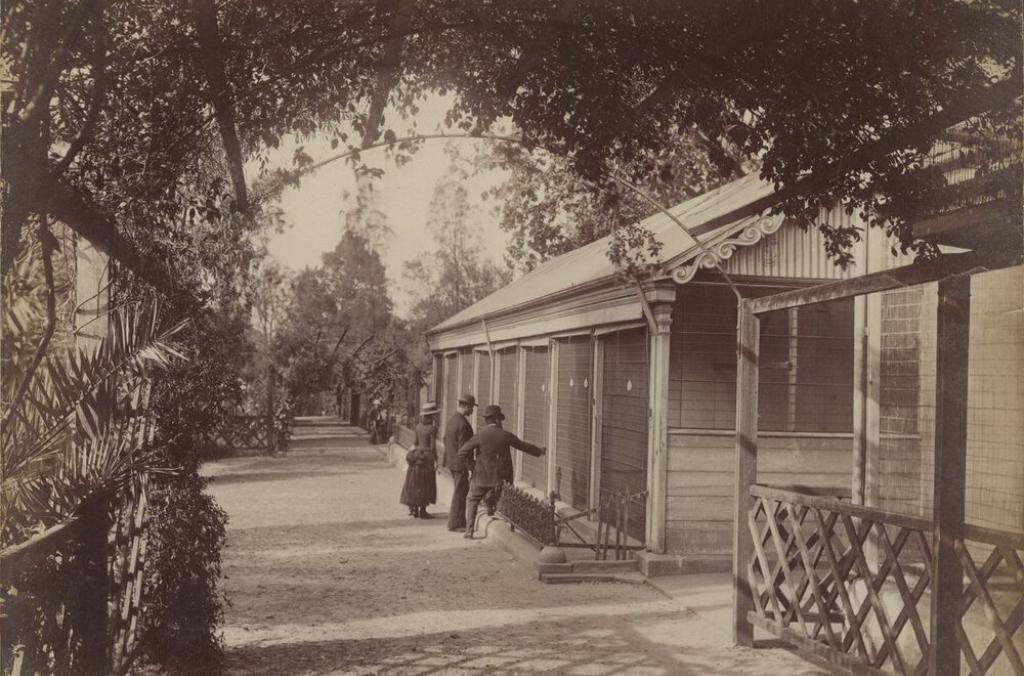Digging into our history - 1800s
The Royal Botanic Garden Sydney’s history is no ordinary tale, despite the name, it wasn’t until 1959 that it became ‘Royal’. There is much more to the Gardens than just flowers and stunning horticultural displays. This three-part blog series will travel through the 202 years of existence and delve into the exciting history of one of Australia’s most popular tourist attractions.

At 202 years of age, the Garden is the oldest botanic garden in Australia, and the second oldest in the southern hemisphere. While it may still be junior in years to some of the great botanic gardens in the northern hemisphere, the Garden has outgrown many and contributed more than most to our knowledge of plants.
From the moment the First Fleet came ashore in 1788, the site on which the Garden is now located was central to the hopes, aspirations and survival of the community. As the site of the first European farm in Australia, early attempts at food crops and other agriculture on the site failed, and resulted in near ruin for the colony.
Governor Lachlan Macquarie, however, saw the potential for the site as the ideal place for horticulture, botany and research and set aside the land - despite a lack of public support - for Sydney’s own botanic garden.

Visitors have been enjoying the Gardens and its facilities for over a century. Image taken in 1893
Today the Garden stands as a major participant in the worldwide network of botanic gardens, advancing science, conservation research and environmental education, and engaging people in the importance of plants in our daily life.
Read on to learn more about how the Garden’s earned its title as one of Australia’s most important living collections.
1788-1810: Australia’s first European Farm
Cadi Jam Ora – You are in Cadi!
These words in the Aboriginal language of what is now Sydney would have been as alien to the passengers of the First Fleet as the continent on which they found themselves in 1788. The Cadigal were the traditional custodians of the site and this land, Cadi, was integral to supporting the material and cultural life of the people.
Governor Phillip, the first Governor, set aside the land which the botanic garden now occupies to be cleared for the establishment of the first European farm. “Nine acres of ‘corn’” were planted, but the crop failed due to poor choice of season, low quality soil and predation by rats.

An image from the State Library of NSW depicts the first fleet arriving into what would become Sydney
Within a few short months of the First Fleet arrival buildings began to pop up and fences built (a concept quite unknown to the traditional inhabitants) began the demarcation of Sydney Town.
By 1807 Governor Bligh had officially declared the land as “making part of the domain of the Governor’s Residence” – which became the first use of the term ‘The Domain’. Bligh cleared leases that had been granted over the land, and began modifying the landscape around the first Government House. This work included blasting rocks to commence an access road that would later become Mrs Macquaries Road.
1830-1850s: Charles Moore makes his mark
Following the death of the first Superintendent, Charles Fraser, in 1831, the renowned brothers Allan and Richard Cunningham each became the Garden’s Superintendent. Using their experience working at Kew Garden in London, they used their expertise and knowledge of native Australian flora to begin the transformation of the Garden to a true scientific site.
The Cunningham brothers reorganised parts of the Garden, and introduced new plantings – some of which included the planting of John Busby’s first vine cuttings in 1833. These wines were brought over from Europe and cuttings from these vines were used to plant new vineyards to the north of Sydney. As a result, the Garden became the birthplace of the wine industry in Australia.

Four young girls and a 'Billy cart' up at Lady Macquarie’s Chair, looking over Farm Cove, in 1887
In 1846 work began on constructing the seawall along Farm Cove, which took over 30 years, but provided greater protection and more definition to the growing Garden.
The true moment of change and evolution for the Garden came in 1848 with the appointment of Charles Moore as Director. Moore brought in soil from Rose Bay to improve the Garden and in 1856, Azaleas and Rhododendrons are planted on the southern side of Macquarie Wall (which would go on to become the Garden’s famous Spring Walk).

The creation on Palm Grove in the late 1800s
Moore was also very protective of the Garden and introduced regulations in 1858 to keep out “all persons of reputed bad character”, and “Dogs, goats and poultry” were also forbidden entry.
Moore also saw a major differentiation between the botanic garden and the Domain, the latter of which he considered appropriate for military, sporting and ceremonial events. The Domain also became a place of soap-box oratory and political meetings.
1860s: The first Sydney zoo
Almost 50 years before Taronga Zoo existed, Sydney’s first zoo opened at the Garden in 1862. Among the display was monkeys (later 1880), an anteater and a Chinese deer! The zoo later relocated to Moore Park in 1883, and then to Taronga Park in 1916.
The popular palm plantings were introduced to the Garden in the 1860s, when the current day Palm Grove was created in 1879.

The Sydney Zoo, located in the Gardens, circa 1880
1880s: A suspicious fire
One of the most intriguing and tragic additions to the Garden during this period was the Garden Palace. Built in 1879 to house Sydney’s International Exhibition, the building was two times the size of the Queen Victoria Building and stretched virtually from the Conservatorium of Music to the State Library of NSW.

A view of Garden Palace from across Farm Cove, circa 1880
Then on one fateful night in 1882 the entire building burned to the ground. Along with the loss of the building went its invaluable collection of Aboriginal artefacts, historical records (including the 1881 Census) and a collection of commercial operators and Government offices.
Rumours circulated at the time about the cause. Including high society citizens with convict heritage trying to expunge their past, local residents wanting to regain their harbour views, or exploding exhibition pieces – but in all likelihood it was largely sparked by faulty electrical wiring (the Garden Palace was Australia’s first building built using electric lighting to allow 24-hour a day operations).

View over the ruins left by the fire on the night of the 22nd September 1882. The statue of the Huntsman & Dog in foreground
If you enjoy hearing about the history of the Garden take a look at our Stories page for more blogs, Or read on for Part Two and Three of this 202nd anniversary celebratory series.

Director's house 
